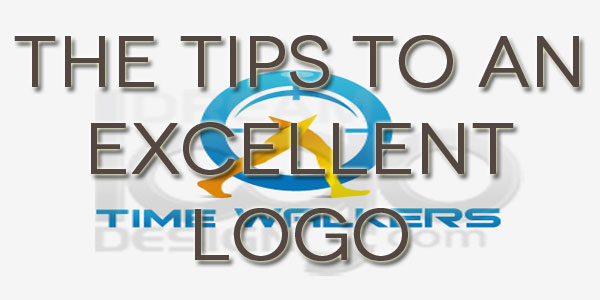 15 April 19
15 April 19
The Tips to an Excellent Logo
Logo, graphic, symbol, logotype, typogram, logoform, graphic...call it what you would, a emblem by any other name may be the group of characters and/or symbols used in a consistent and unique solution to identify a company. It is the most well known and stable part of marketing, and should be planned thoroughly to fully indicate your brand. Understanding the key areas of a logo can help in developing a durable, on goal identity.
Format
You can find three common formats for a brand:
Image & Style -- Includes a literal or symbolic visual with the company name positioned close to but separate in the graphic.
Type-based -- A specific font in a particular color is used for the company's image. Developing a type-based Dream Logo Design Company or "logotype," calls for more than selecting a font and typing a brand. In these logos, letterforms are usually tweaked and spaced in a distinctive combination and handled as art.
Integrated -- A one-piece custom logo, incorporating images and type together with each other so the name and graphic become one unit. Companies that only use initials frequently employ this format.
Direction
Design expansion of the emblem generally follows among three instructions:
Graphic -- Actually describes the business's activity, such as selecting a tree or perhaps a shovel to depict a landscaping design company.
Conceptual -- Conveys an abstract quality of the business, using geometric or symbolic designs expressing a non-tangible factor.
Neutral -- Relies on font choice, pounds, form, spacing and colour instead of imagery to convey the message.
Style
Coloring, font and file format choices assist in building the feeling.
Traditional -- Reaching a classic photo calls for timeless shades of red, navy and woodland green. Choosing an elegant script or serif font like Vivaldi, Situations or Palatino, as well as creating a balanced layout reflects a normal image.
Modern -- Companies buying contemporary image should consider modern factors. Sans Serif fonts like Helvetica, Myriad and Eras give clean outlines and ease. Brighter colors, unconventional combinations and several hues work. Modern designs tend to be organised and grid-like, or asymmetrical.
Casual -- Whenever a relaxed image is called for, a casual model may be needed. Fonts that imitate handwriting, script or graffiti, such as Papyrus, Curlz and Comic Sans come in this category. Casual styles stay away from a stiff, conventional corporate image, making use of vivid hues to warm tones.
Uniqueness
It is important to be aware of the images around you. Creating a Dream Logo Design Service that's inappropriate for the industry, too near a competitor's, or reminds viewers of another organization can sabotage communication. A logo should be just like a fingerprint, original.
Logos have several elements that can be coordinated to provide maximum affect. When developing an image to reflect a brand, consider these tips for aligning visuals with all the verbal and experiential meaning of your business.


Comments